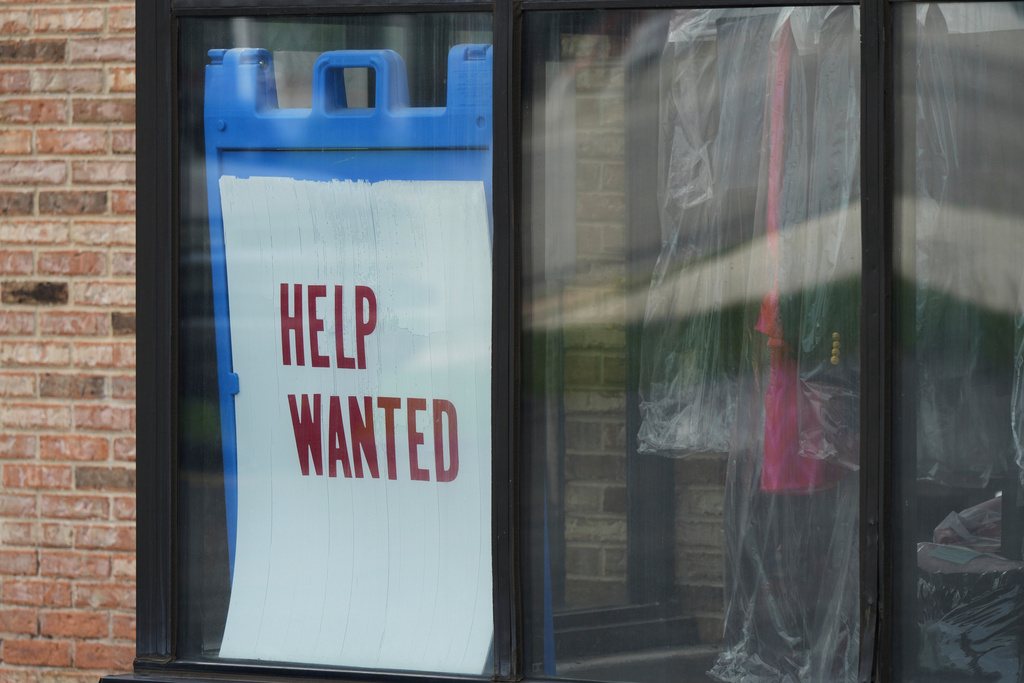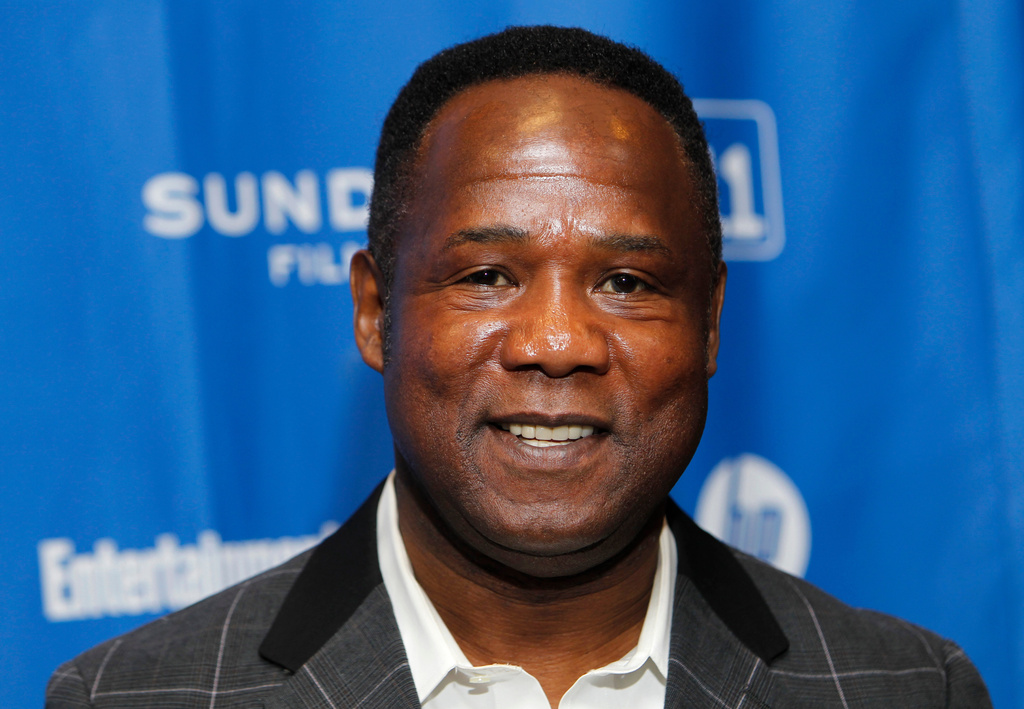Homesteading is part of the American legend — it's in our national DNA. Roughing it is no longer a necessity for most, but has a certain allure for lots of city-dwellers.
The word "homesteading" comes from the Homestead Act of 1862, which was passed to spur western migration. It granted 160 acres of public land to anyone who paid a filing fee and agreed to work the land for five years to improve it. (By the way, much of acreage was taken from Native American tribes.)
Some 270 million acres were distributed under the act, and the final claim was made in 1988 for some land in Alaska.
Most homesteaders were primarily concerned with producing enough food to survive. Life was hard. There were prairie winds, fires, swarms of grasshoppers, droughts. And many lived for a while in sod houses.
Versions of homesteading have developed through the years, mainly during times of uncertainty or distrust of authority or both, according to experts. The Great Depression, the Vietnam War, the years before Y2K and the Great Recession are examples. In other words, it’s not just about food anymore. It's about a feeling.
"The entire history of America is that in times of political and economic insecurity, people revert to a very visceral sense that taking control of their food and of their homes is where security lies," Toni Smith explained. She's a modern homesteader and an English professor at Vancouver Island University.
A significant homesteading movement came about in the 1970s. Many Americans — mostly young adults — left cities and suburbia for rural areas. They were driven by environmental and social concerns and the general anti-establishment tenor of the time.
There were some notable differences from the first big movement. The land wasn't free. And the goal wasn't survival, it was self-sufficiency. Many tried to make ends meet by selling produce and handmade goods. It was a lifestyle for the "back-to-the-landers," as they were called. Some succeeded; some didn't.
What's (very very) old is new again.
Homesteading is hot as politics roil and automation lurks. The dynamics are different from the 1970s and profoundly different from the 19th century version. There are tutorials on farm life online and popular blogs like The Elliott Homestead, which has 100,000 monthly readers.
Shaye Elliott is one of a network of bloggers promoting self-reliance, traditional skills and subsistence farming.
And, to put a further digital twist on the simple life, Elliott's a big deal on Instagram and YouTube.
For those who want a taste of homesteading, there are even short-term rentals through companies like Airbnb.
The sod houses are mostly a thing of the past. Besides, they didn't even have Wi-Fi.











